RISC-V conferences have been at full capacity and I expect this one will be well attended as well. Andes is the biggest name in RSIC-V. The most notable thing about RISC-V conferences is the content. Not only is the content deep, it is international from the top companies in the industry. It is hard to find a design win these days without… Read More
Podcast EP284: Current Capabilities and Future Focus at Intel Foundry Services with Kevin O’Buckley
Dan is joined by Kevin O’Buckley, senior vice president and general manager of Foundry Services at Intel Corporation. In this role, he is responsible for driving continued growth for Intel Foundry and its differentiated systems foundry offerings, which go beyond traditional wafer fabrication to include packaging, chiplet… Read More



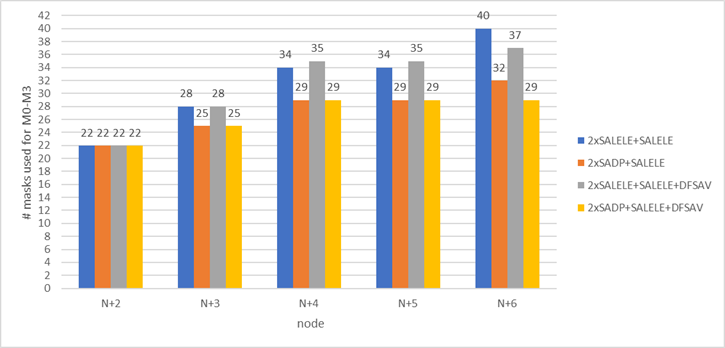
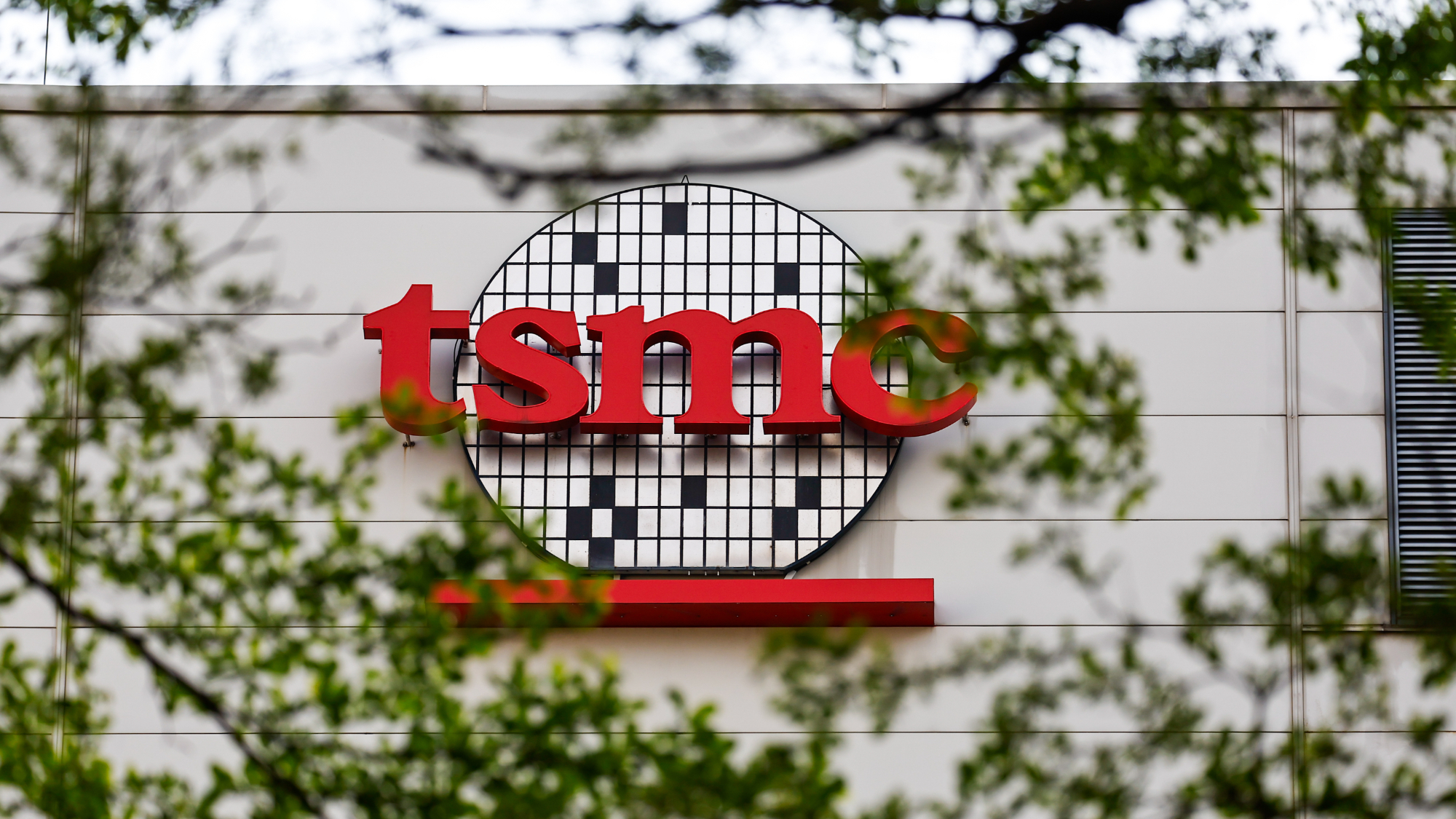
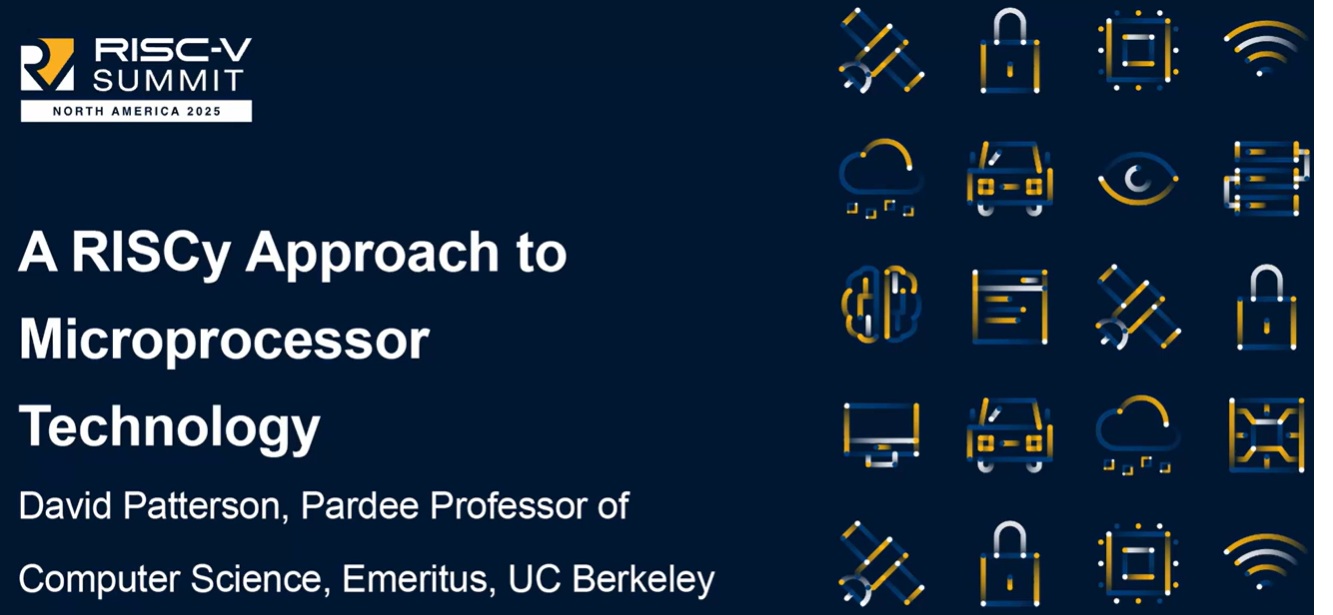


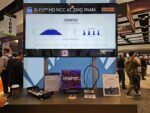
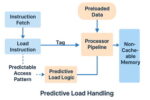





Quantum Computing Technologies and Challenges